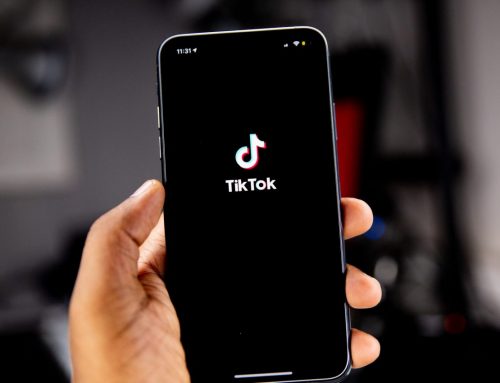Branding is a crucial part of your business, but branding is not always easy.
Your brand is the face that your business shows the world; it encourages your customers to buy your services and products, helps you connect with people in your industry, and more. There are many things that get factored into your branding, from the font you use on your website to the colors you use in your logo and more. Here, we will examine some of the most important dos and don’ts of branding.
Do: Make Your Design Specific
The coloring for your brand and logo is an integral part of your brand identity. For example, if you were looking in the soda aisle at the grocery store looking for Pepsi, if the color of the label were hot pink instead of the usual blue and red, you would probably be confused since those are not the right colors for the brand. You might not even notice the soda or register mentally that it was a Pepsi bottle because it is so different from the norm. You are looking for that usual blue and red label, so there is a chance that your eyes would simply skip over the bottles, and you would leave the store without your Pepsi. A drastic change like that has the potential to render a brand invisible to its users.
When you decide what fonts to use, the colors, image styles, symbols, and other aspects of your logo and brand, you must stick with them. Otherwise, you could confuse your customers or become invisible to them.
Don’t: Make Your Logo Too Big
When you visit the website of one of the larger brands in the world, you will notice that their logo is not huge. Most of the time, it is no bigger than 50 pixels. This is because big logos can seem tacky or obnoxious. Your customers do not want to feel like you are cramming your brand down their throats, and if you have a huge logo, you run the risk of doing just that.
Do: Make Sure Your Team is on the Same Page
Everyone who is part of your organization needs to be on the same page to understand your branding guidelines fully. You want to make sure that your voice will be consistent and that your logo may not suddenly change size or color because someone did not realize that this was part of your branding guidelines. Promote your brand internally so that your team can get a better understanding of your voice and style.
Don’t: Make Rules Universal
Each medium has a different section of your audience, so your approach to each medium needs to be a little bit different. An email marketing campaign is going to have a different approach than your Instagram posts or your website. Take the time to divide your branding guidelines based on each of these contexts.
To determine which approaches work better in which mediums, you can take the time to conduct A/B testing. You might learn that your marketing emails get better clicks if you include a certain brand-related image or that they do not get as many clicks if your logo is at the top of the email instead of the bottom.
It is only after conducting tests that you can determine the guidelines for each approach.
Do: Update Your Guidelines
Guidelines are much more fluid than rules, and they can be updated as time goes on. If you discover that something works better than the way you currently have it in your guidelines, do not be afraid to update them with this new information. Just make sure that you inform your team of the changes to your guidelines.
The world is constantly changing, so you need to be prepared to change with it.
Don’t: Work with the Wrong Influencers
Influencer marketing has become an increasingly popular way of getting the word out about your brand. However, you should take time to research an influencer before you decide to work with them. Make sure that they have reach within your target demographic and have similar values to those of your brands. It does not matter how popular the influencer is if their audience base is not related to your products.
Do: Stay Consistent Online and Offline
This is important if you have a physical business. If you have a trending and funky website, but your physical location is more sophisticated, the two looks do not line up at all. You need to make sure that everything is sophisticated or funky; that way, the online and offline branding is the same. It can be confusing to a customer if they visit your store and find a drastically different environment than what they found online, so consistency is key here.
Don’t: Ignore the Story of Your Brand
Your brand needs a story, a clear purpose for why you do what you do. When you put together your branding guidelines, make sure you include a section with your story that covers the history, purpose, and values of your brand. It should also outline the target audience of your brand and how your guidelines tie into this.
You do not have to make this a big section, but it should help your team gain a better understanding of your brand and its guidelines. It can make a big difference in making sure that your writers and designers are on the same page when working on materials for your brand.
Branding is a crucial part of your business, but branding is not always easy. Let the experts at Seattle Public Relations help you with branding your business today.








Leave A Comment